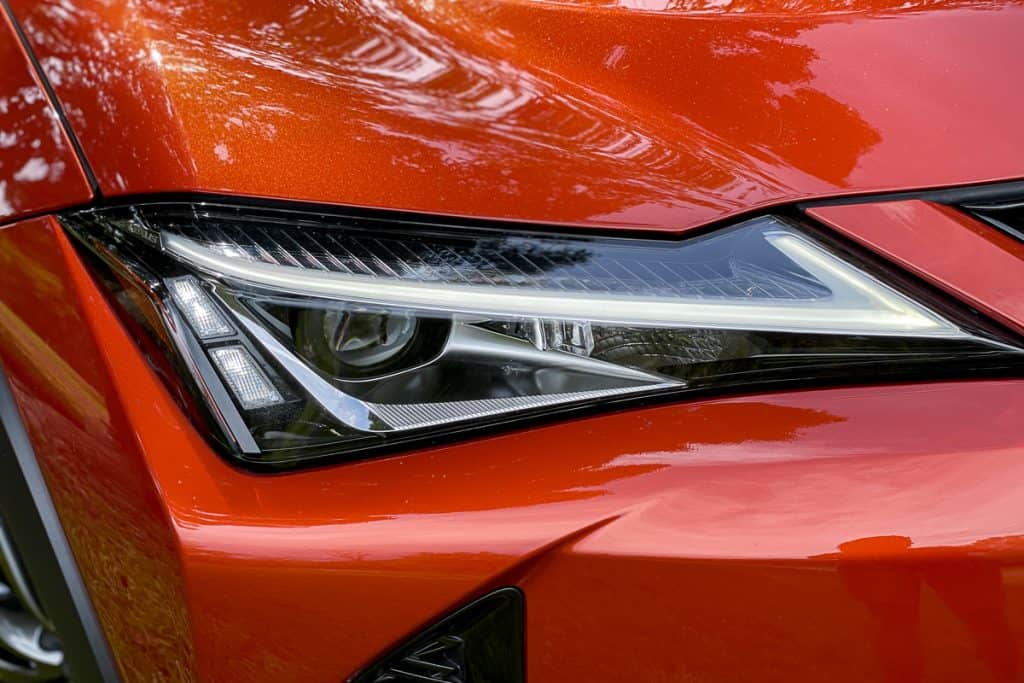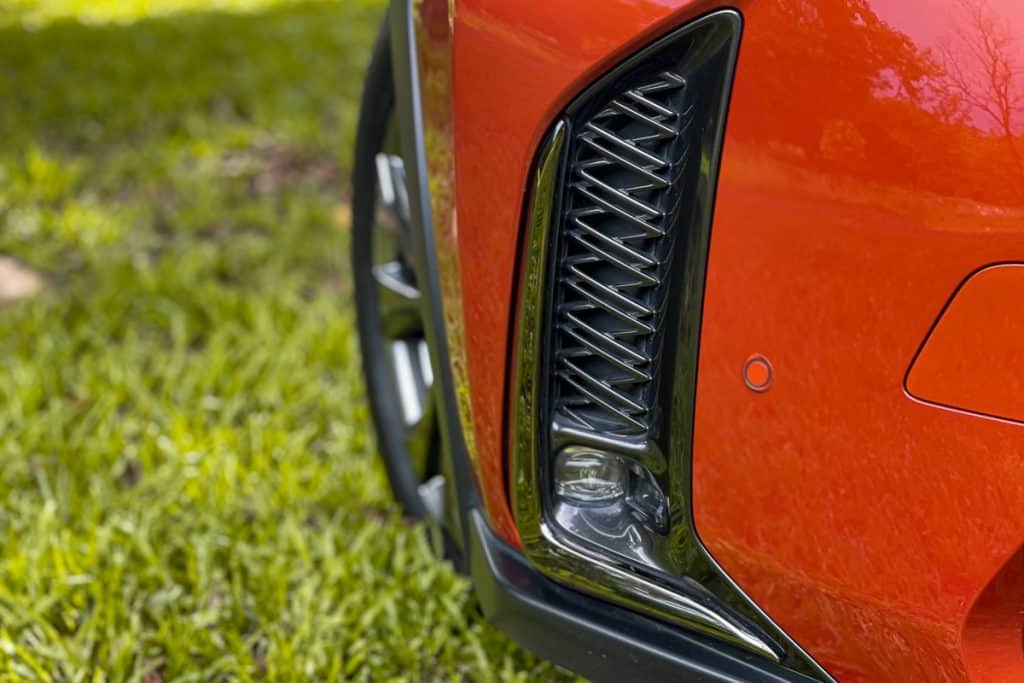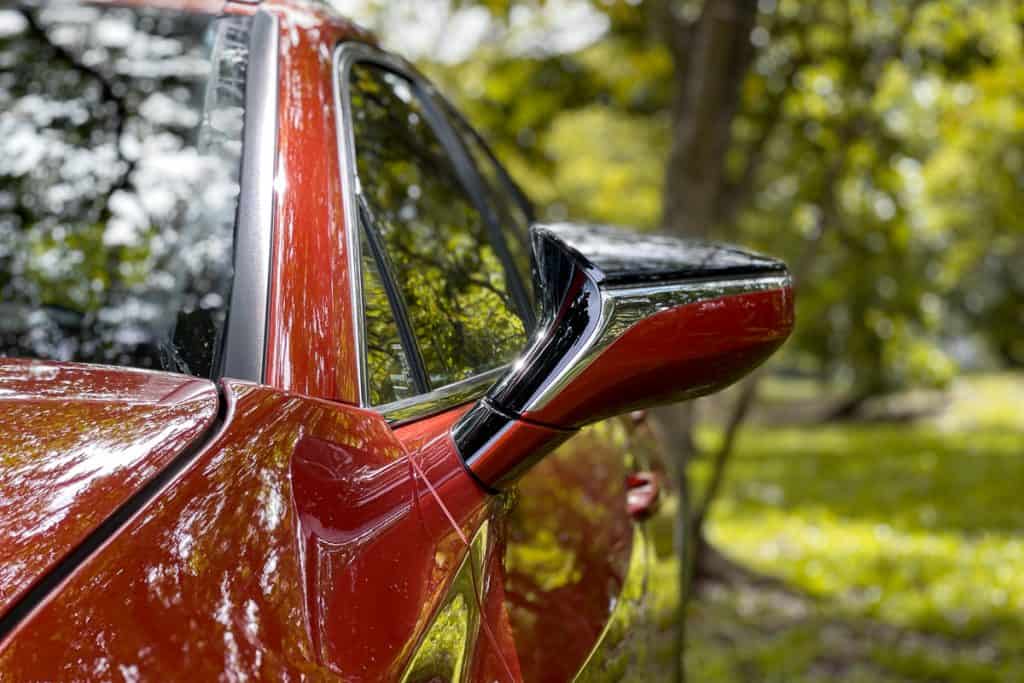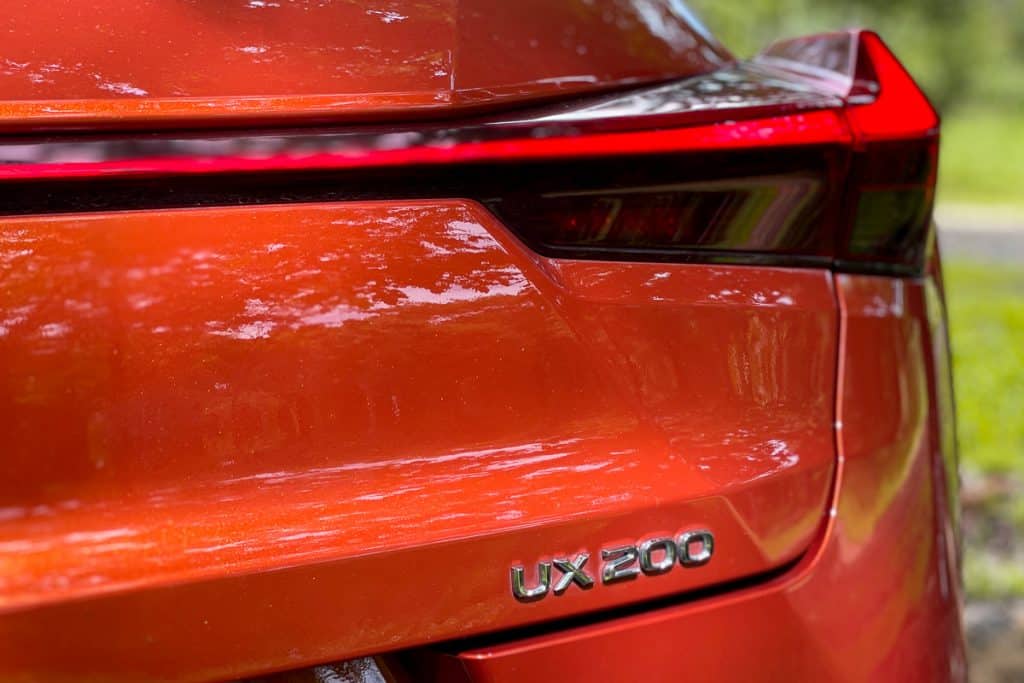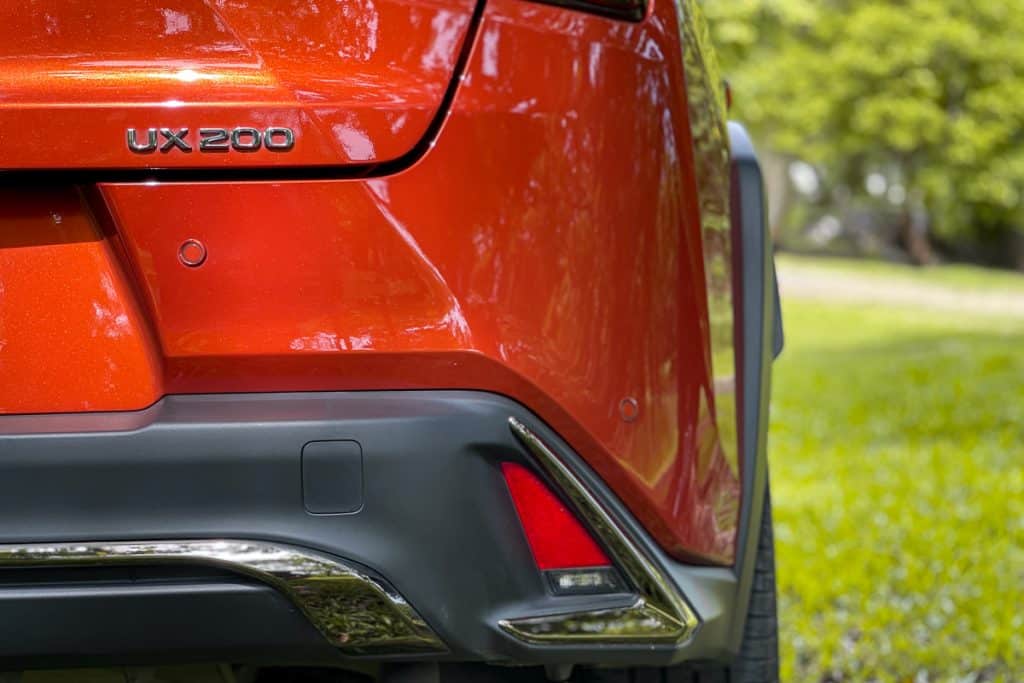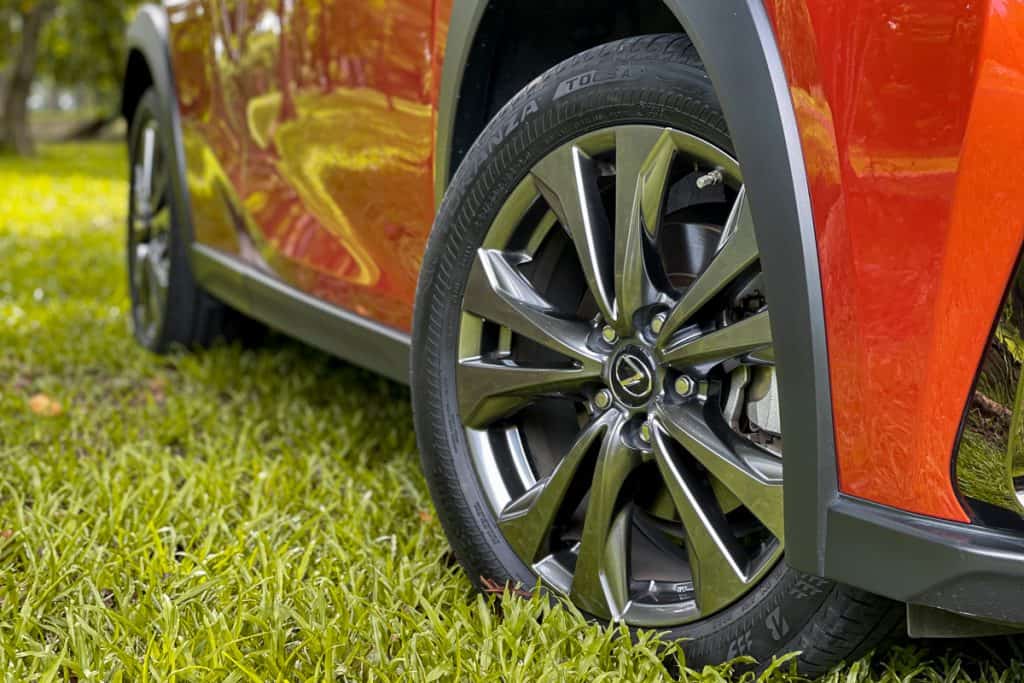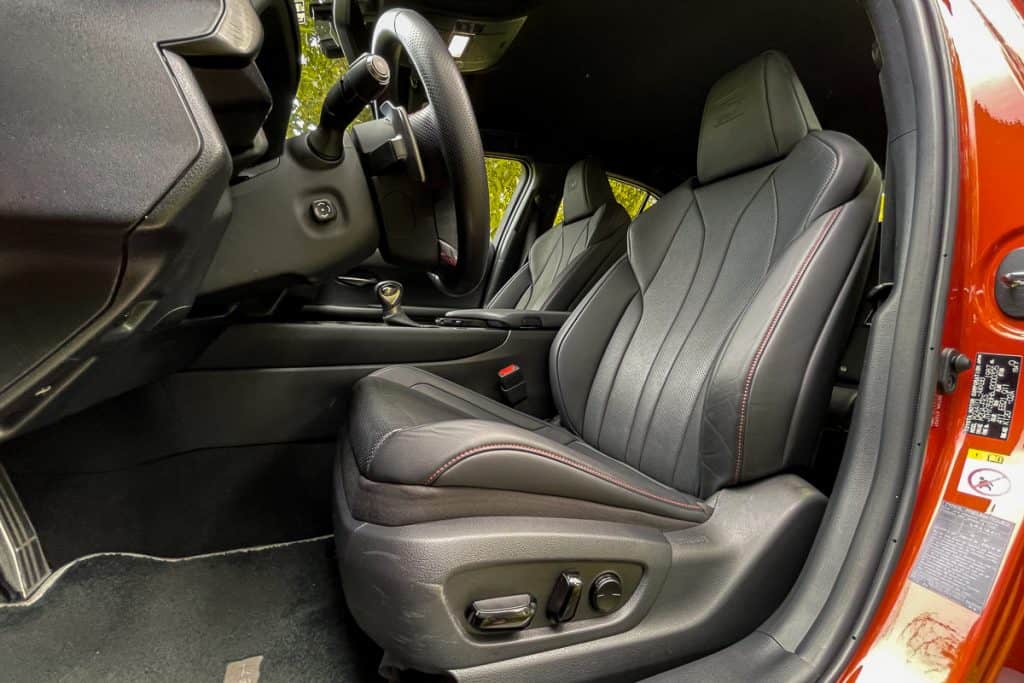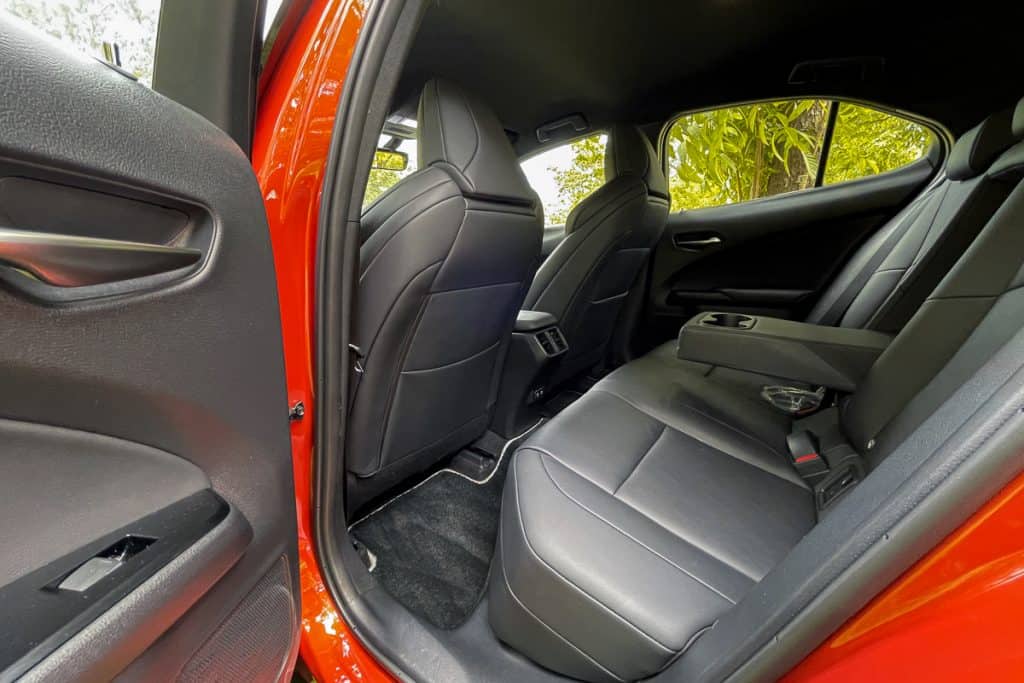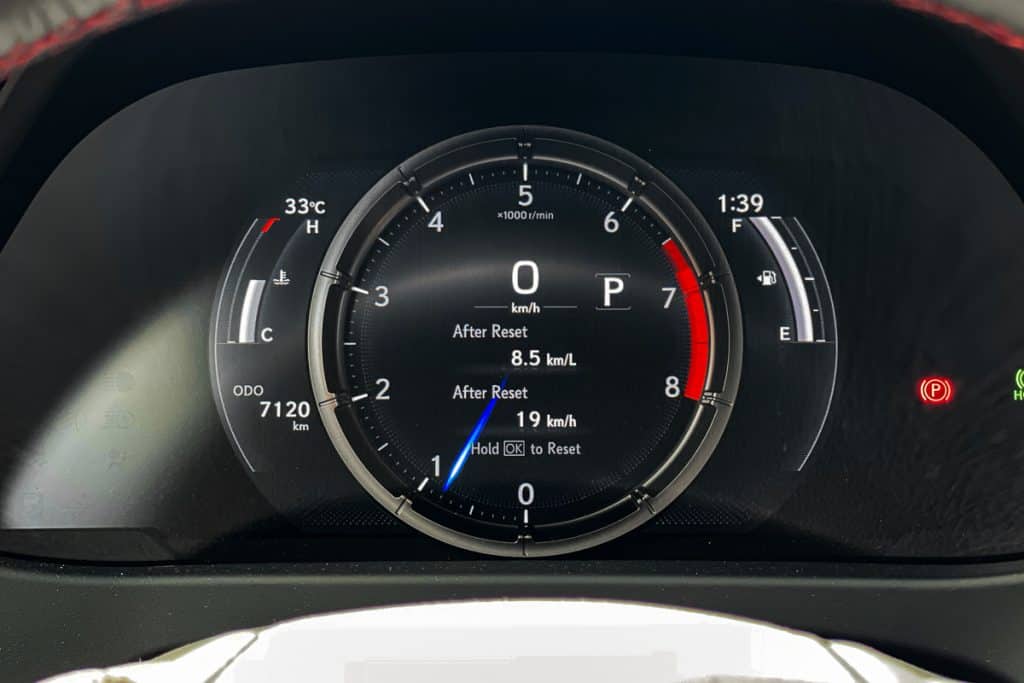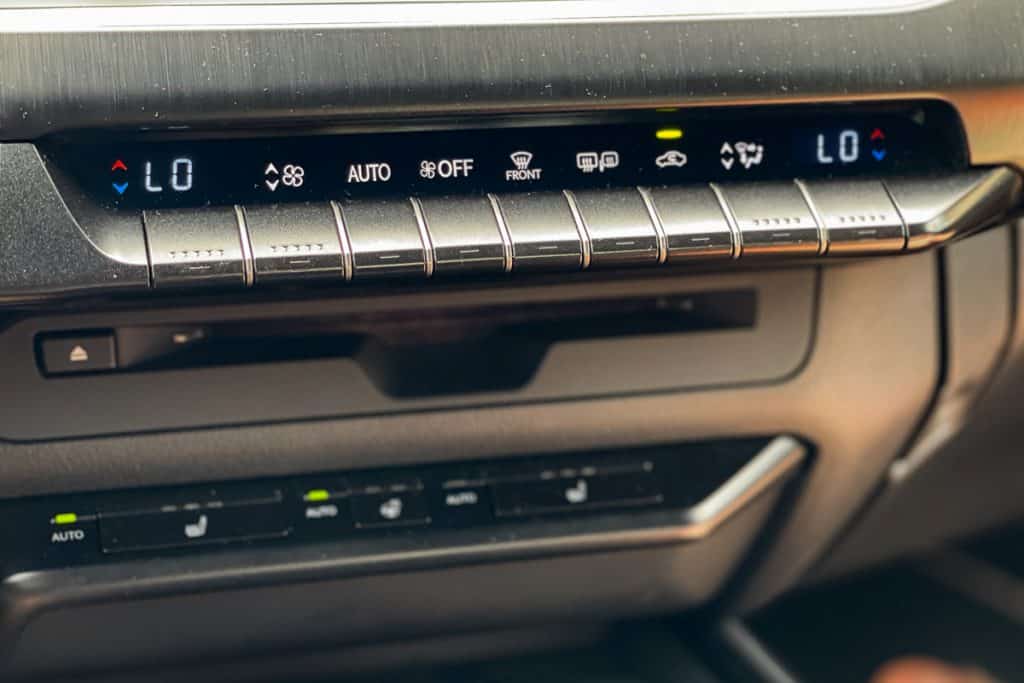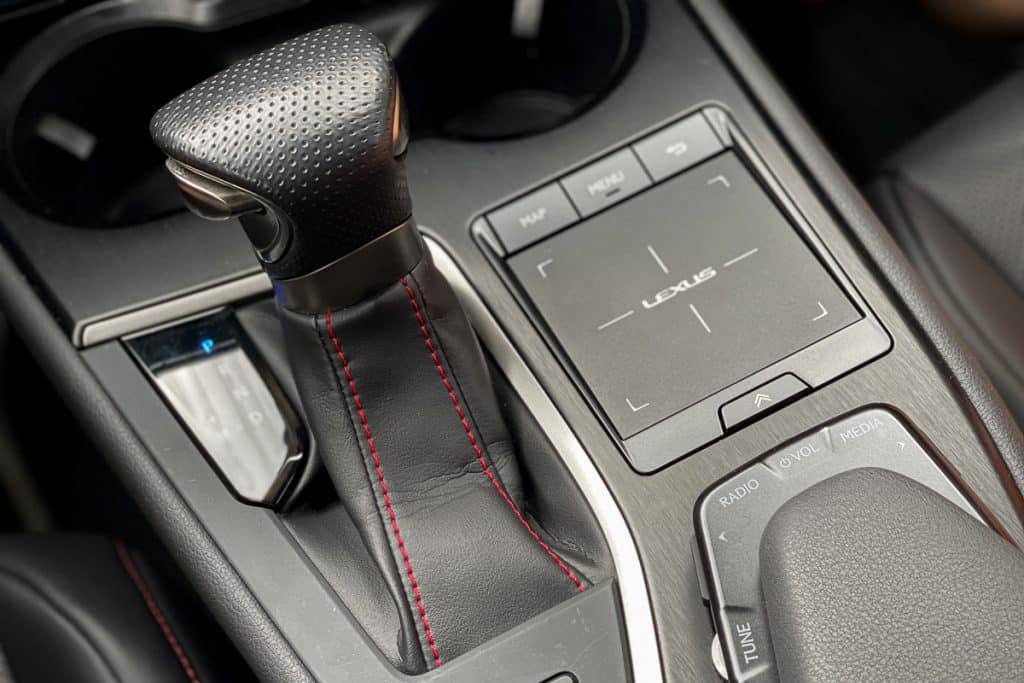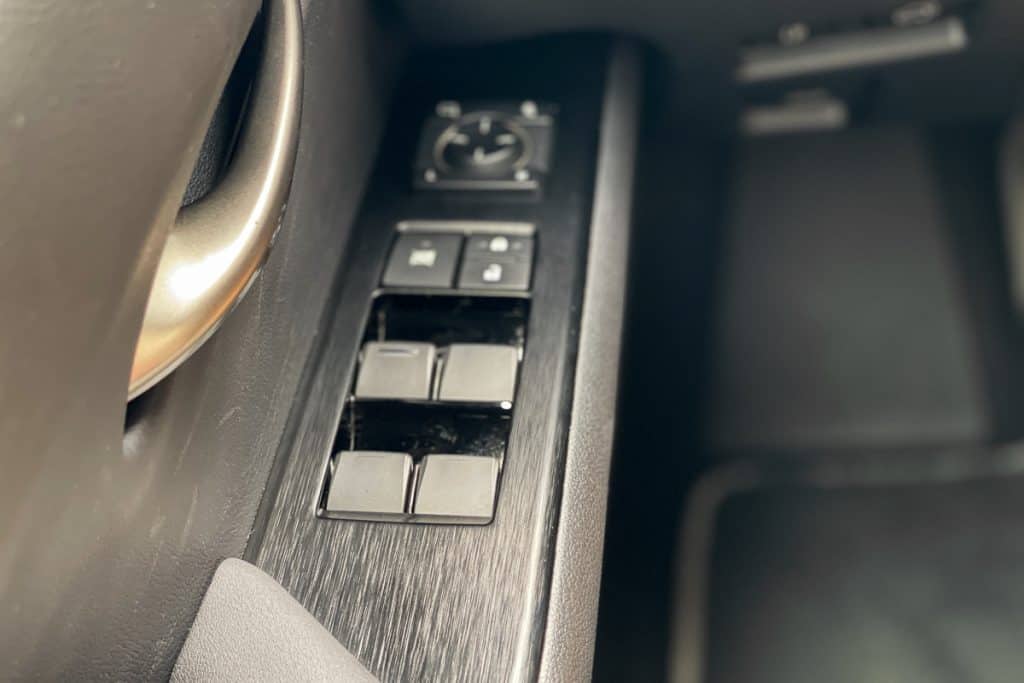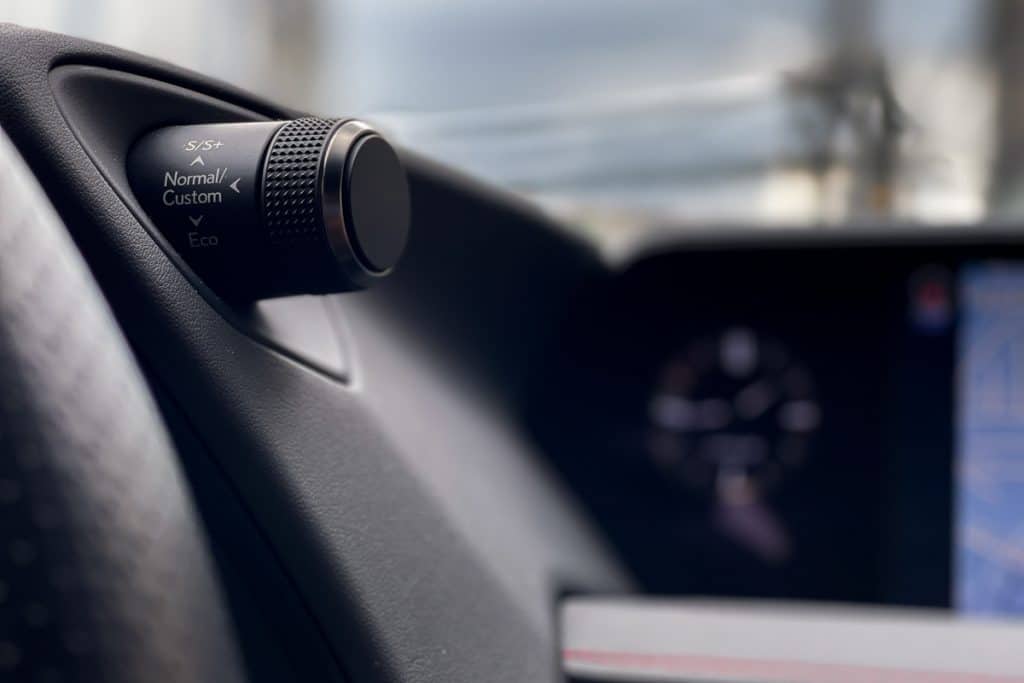The world is going gaga for SUVs and crossovers, to the point that automakers have been expanding their high-riding lineups (and reducing their sedan ranges), making sure to cover all bases of the profitable segment.
That’s exactly the case with the Lexus UX. Entering the Lexus range as its smallest model (yet), the UX aims to serve as the entry-level model into the Japanese luxury marque’s crossover ecosystem, slotting under the NX.
As the “base” model, is the UX 200 any good? I got to drive home one for a few days before the stricter quarantine measure and here are my thoughts.
Exterior
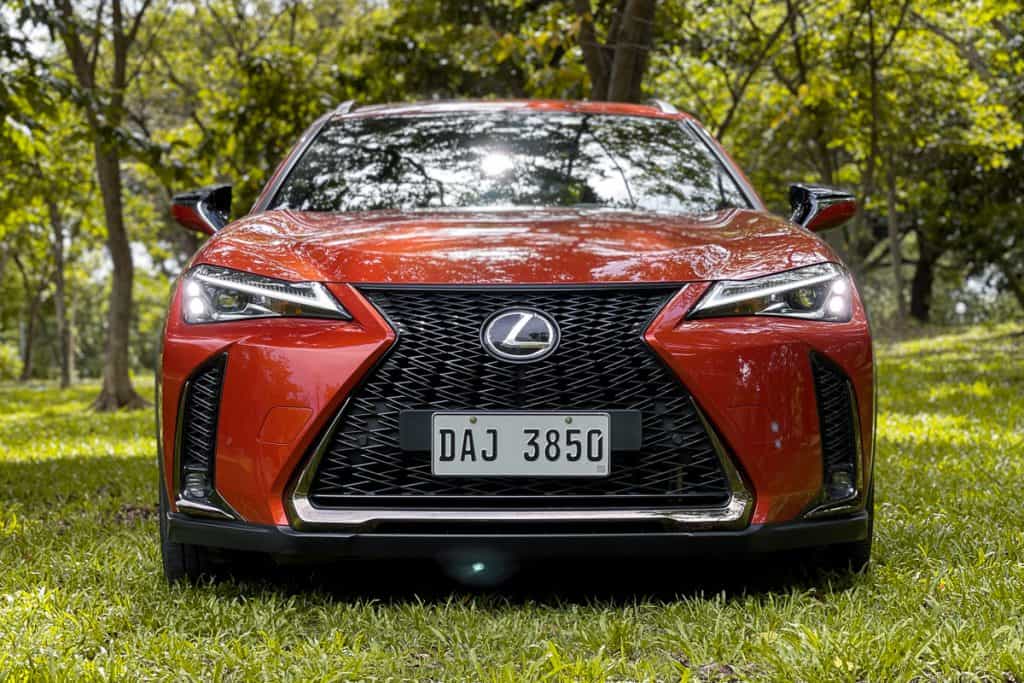
Full disclosure: I have always been fond of current Lexus cars, no matter which model I look at. Guess the spindle grille works fine for me, which isn’t the case for everyone.
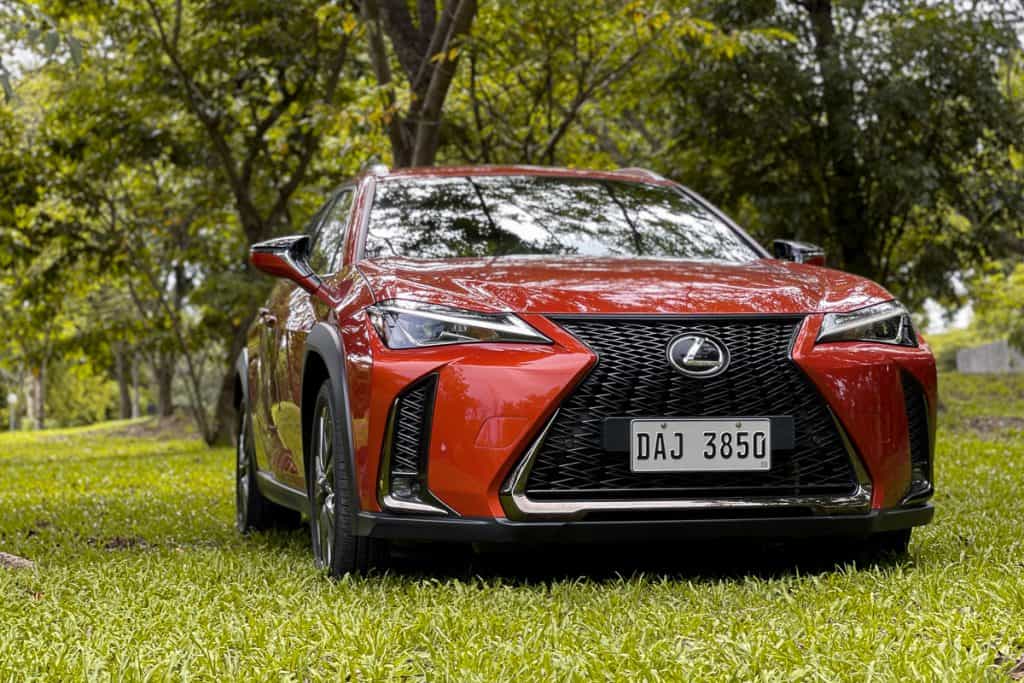
The UX 200 is no exception, but I need to point out some obvious executions that show Toyota pushing the boundaries of style on its C-HR-based luxury crossover. While most vehicle designs come with thematic lines, the UX in its F Sport trim does have a multitude of shapes, deep cuts, and extra sharp creases. The result is something that most people would call over-designed. And while Lexus vehicles are often called polarizing because of the grille, the UX has taken this up a notch. It’s obvious that Lexus is aiming for the younger, active crowd with the UX and the company’s quite successful in expressing that, style-wise.
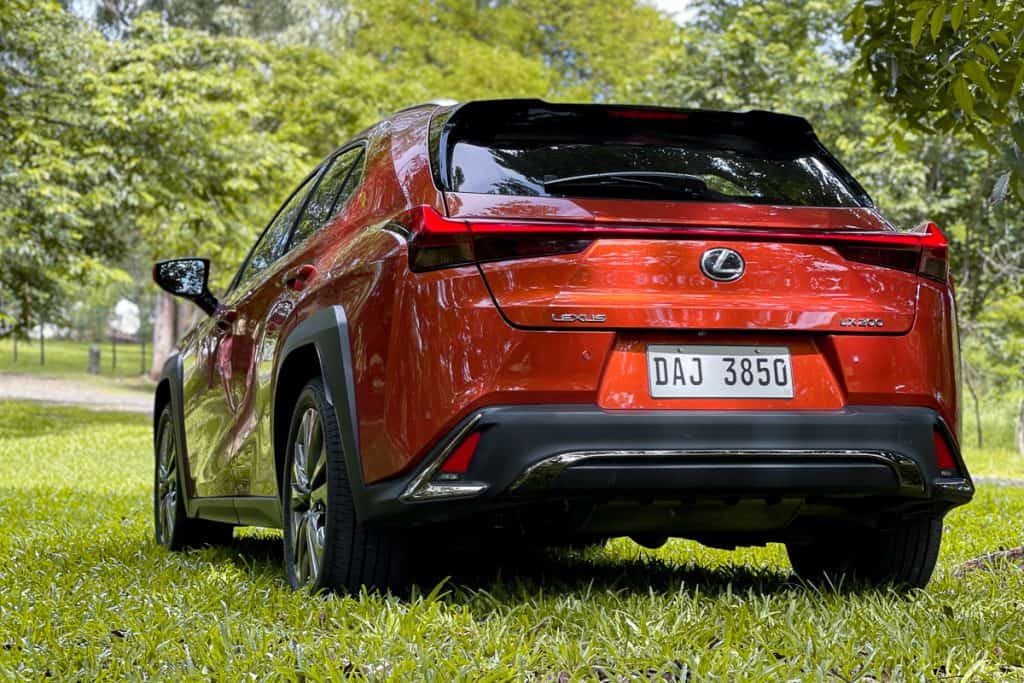
Truth be told, the UX’s design is daring and edgy, chaotic even, but for some reason, I find the whole ensemble beautiful. Not many cars can pull that off, mind you.
Interior
As with the rest of the Lexus range, the UX comes with luxurious appointments that are worthy of its price point. But that doesn’t mean that there wasn’t any cost-cutting involved, but more on that later.
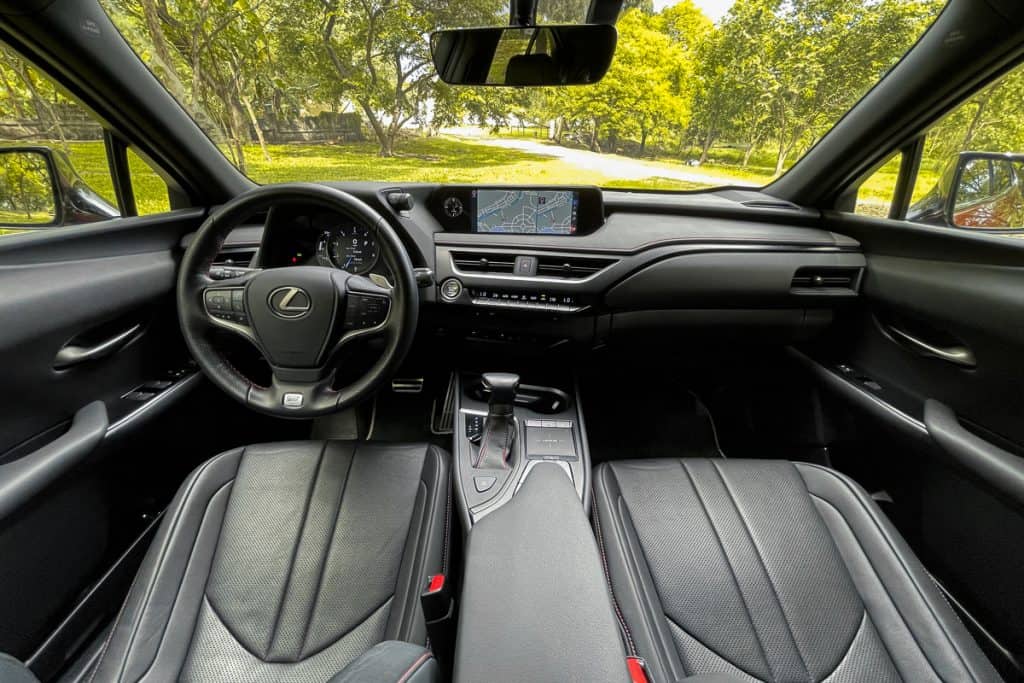
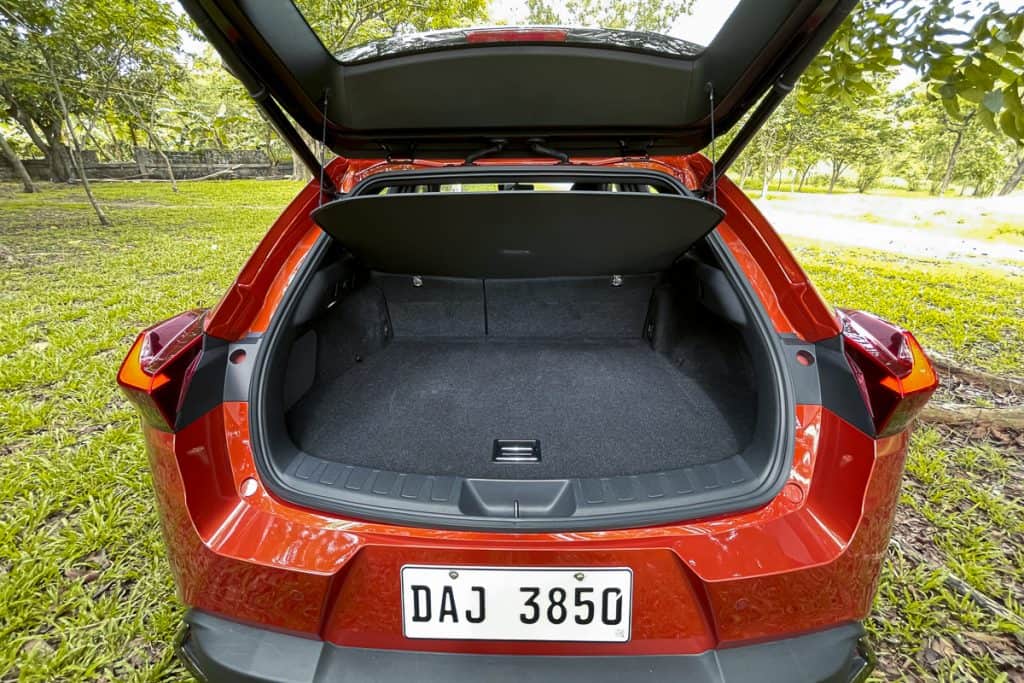
At the front, the UX has an organized layout, with the massive infotainment spanning the driver-centric dashboard. Synthetic leather will mostly touch your skin, while textured materials are found on some parts where the fake cowhide doesn’t reach. The execution is familiar yet a bit better than the aging Lexus models, which is a bit expected given the timing of the UX’s introduction to the market. Cost-cutting measures are apparent at the rear. There are some few bits of hard plastics, while the trunk is relegated to a thin plebeian sheet of mesh cloth.
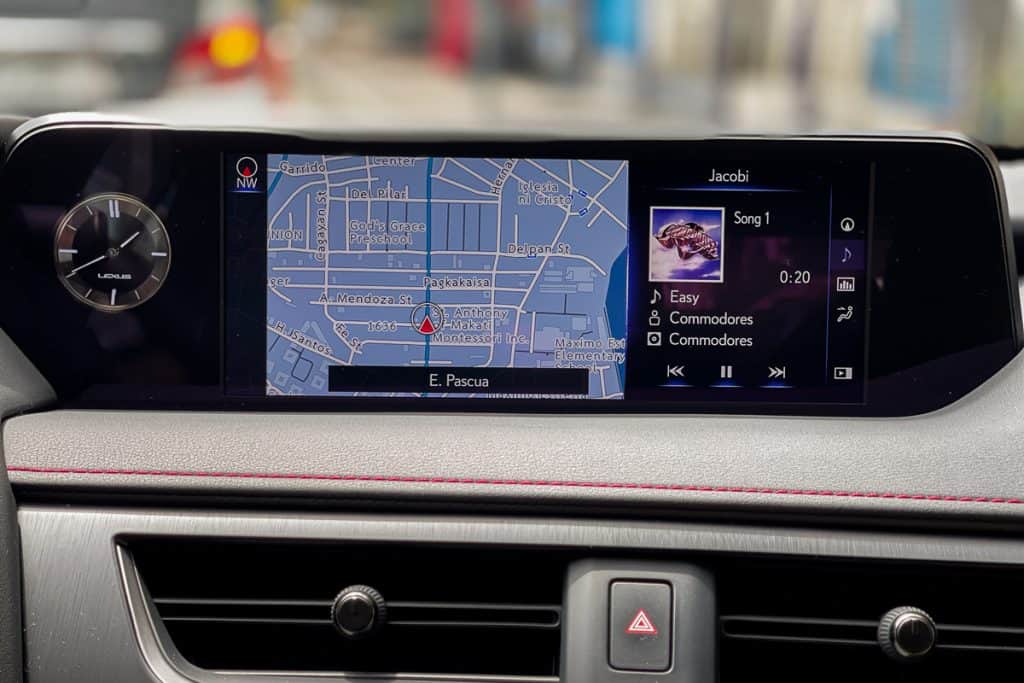
On the other hand, space is out of the question at the front, but the rear cabin is relatively on the tight spectrum. That’s if you’ll fill it with three tall people; just make sure to keep it at two average-sized adults. Trunk space isn’t exactly dismal, but loading height’s a bit illogical. Maybe Lexus thinks UX buyers aren’t the type to haul heavy stuff – that, or this is a classic case of choosing form over function.
Tech & Safety
In terms of tech, the Lexus UX isn’t lacking and the omissions to keep its price competitive in the luxury segment are apparent. Things you’ll miss include Apple CarPlay and Android Auto, memory function for the 8-way power-adjustable seats, blind-spot monitors, steering wheel with power adjustments, and the typical Lexus helm that opens up electronically whenever you shut off the car.
But those were just the omissions; the whole package still includes things you’ll expect in a Lexus, such as a great-looking digital LFA-inspired instruments, logical USB charging port placements, and a working foot-sensing power tailgate. The host of tiny LED lights in the cabin keeps things premium and posh, but as always, I couldn’t help but criticize Lexus for its non-intuitive touchpad for the infotainment. Good thing the company is already moving away from this as seen in the new-generation Lexus NX.
In terms of safety, the UX is almost filled to the brim, except for the coveted Toyota Safety Sense.
Driving & Handling
Whether you’ll fault Lexus for the cutbacks in select areas especially in the cabin, its on-road manners and performance isn’t something to scoff at. Sure, an in-line 2.0-liter four-banger isn’t the most attractive powertrain out there, but the M20A-FKS engine under the hood is a bit more potent compared to the same mill found inside Chinese C-HRs.
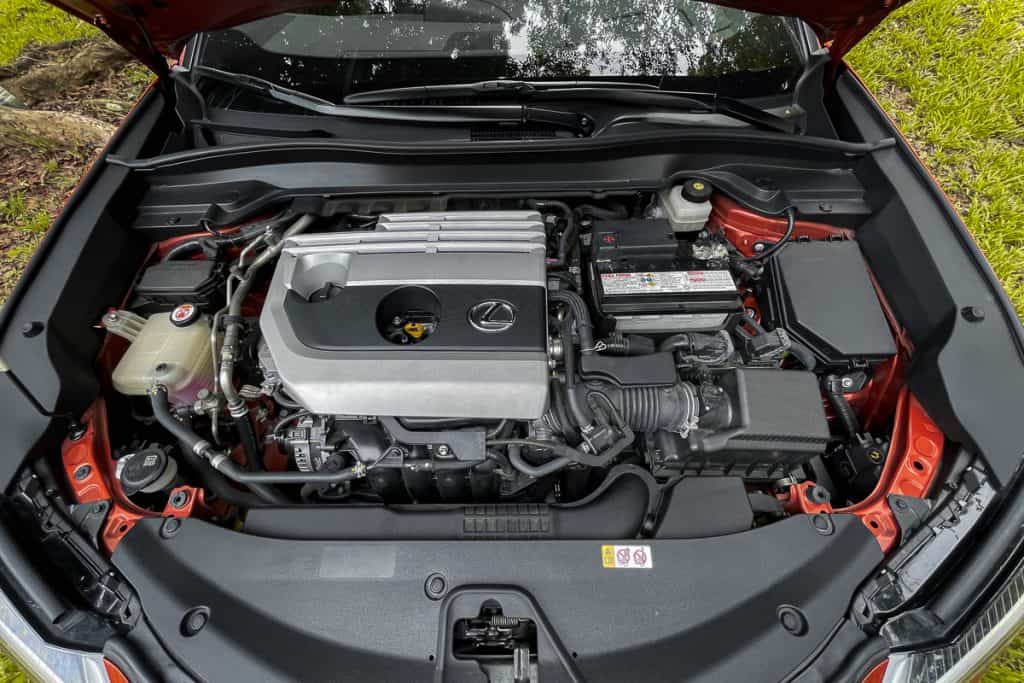
That said, with 168hp and 205Nm torque on tap, the Lexus UX is a peppy machine to drive. Despite being equipped with a CVT, it does react instantly to accelerator outputs and overtakes don’t take too much effort.
Even better, the reactive powertrain is partnered with agile handling. Thanks to the adaptive variable steering and great steering feedback, the UX is both comfortable and sporty to drive. Switching to Sport S and Sport S+ modes means a greater tendency to linger at high RPMs, equating to a more spirited drive.
Fuel Efficiency
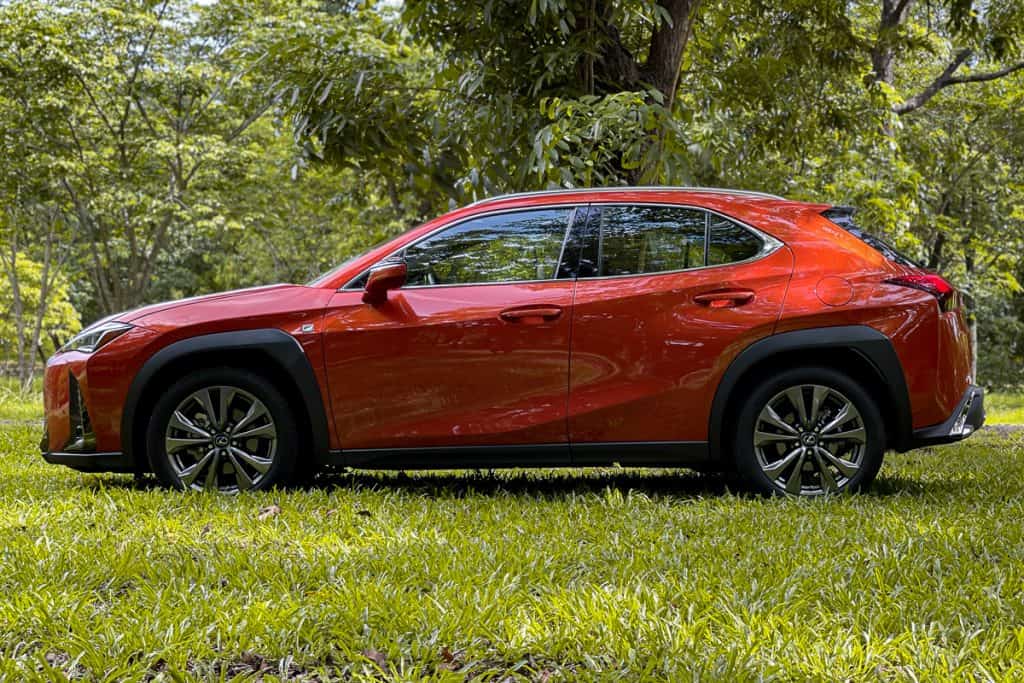
With a 2.0-liter engine and a CVT, the Lexus UX 200 is a relatively thrifty cruiser. In a mixed driving condition – mostly in-city at a slow pace and a bit of a highway stint including some sprints where possible – the UX returned 8.5 km/l. In more sedate (and normal) circumstances, I’d wager I can get more.
Verdict
Life is full of oxymorons. A small crowd. The only choice. A deafening silence. Even with cars, there are several oxymorons that describe some, oftentimes doing so perfectly because automobiles aren’t simply black and white.
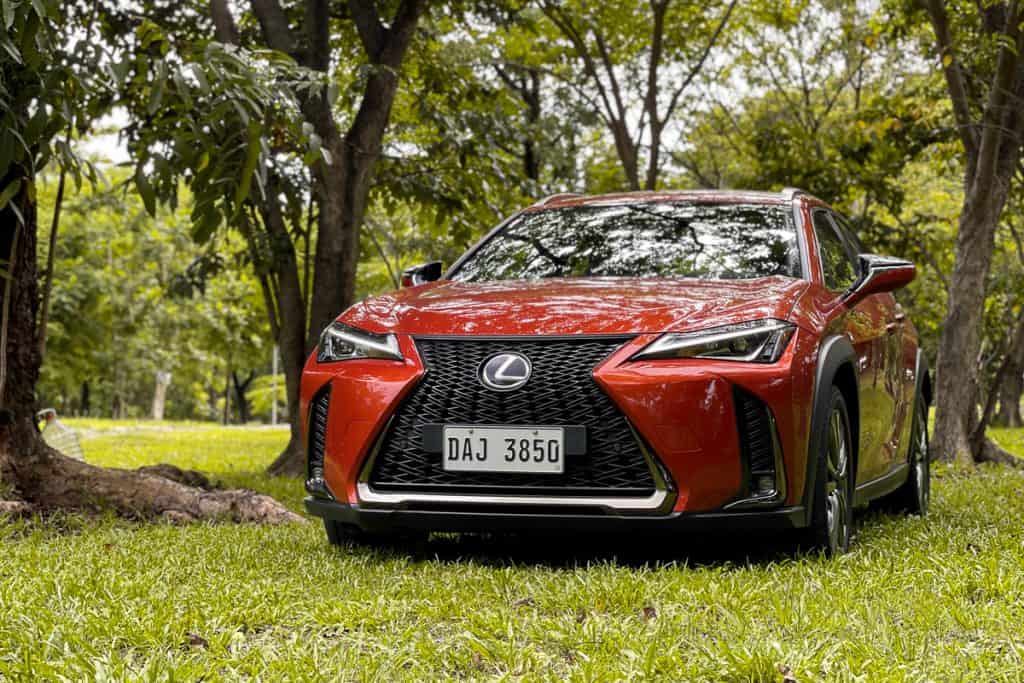
For the Lexus UX 200, it’s beautiful chaos. While not exactly an awfully good oxymoron per se, I love how the daring design execution blends well to form an interesting car. Polarizing? Yes. But I’m willing to bet that a few samples rolling around the metro have piqued the interest of many.
At P3,128,000 for the UX 200 F Sport (P2,538,000 for the standard non-F Sport sibling), the UX is of course not for the mainstream market. Cabin shortcomings considered, it’s already a good deal considering that you’re driving a Lexus that behaves like a Lexus.


